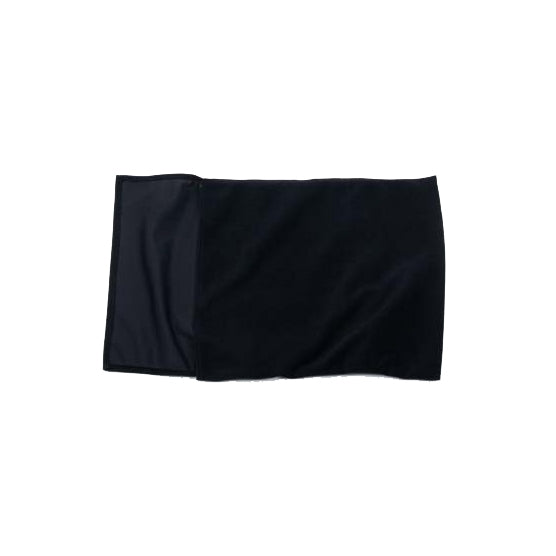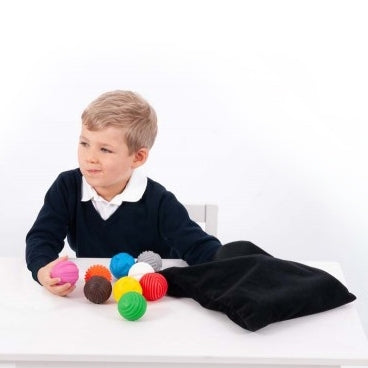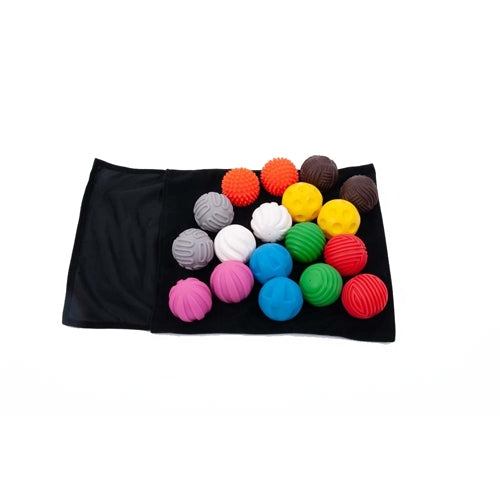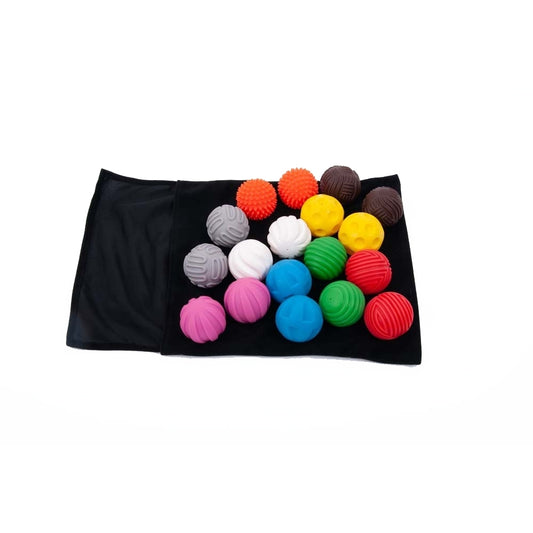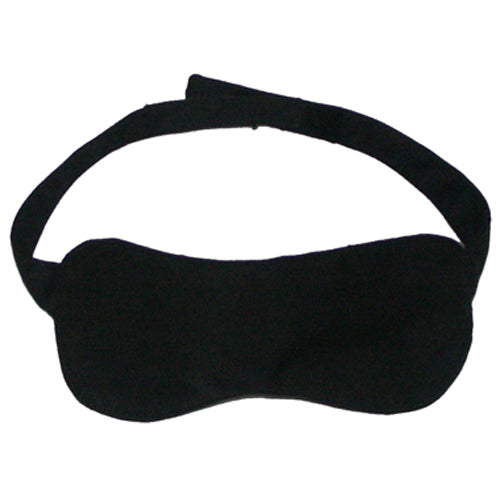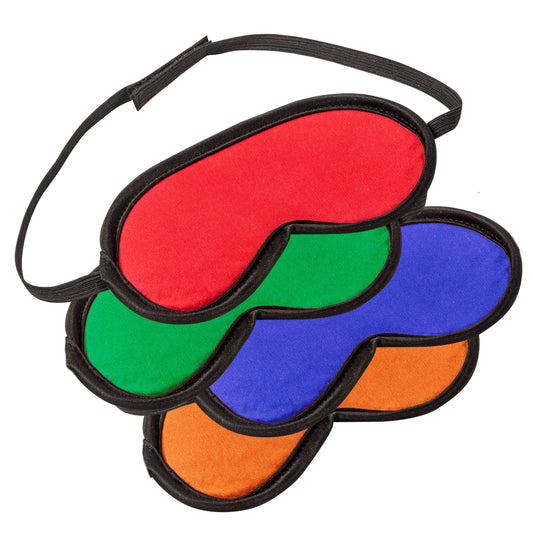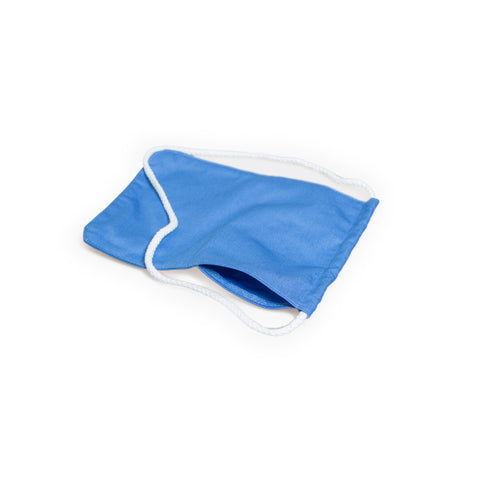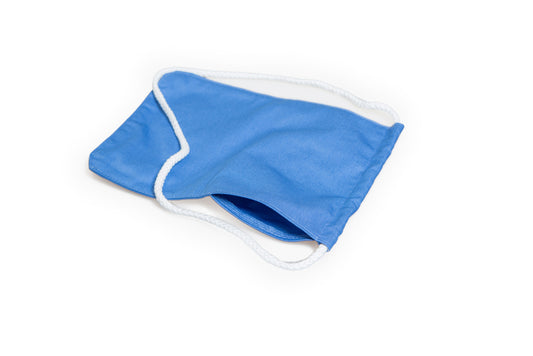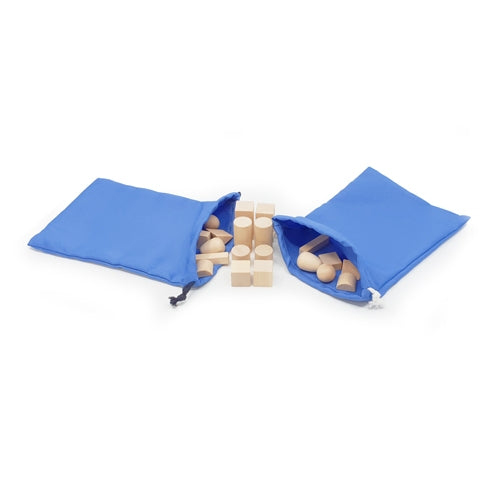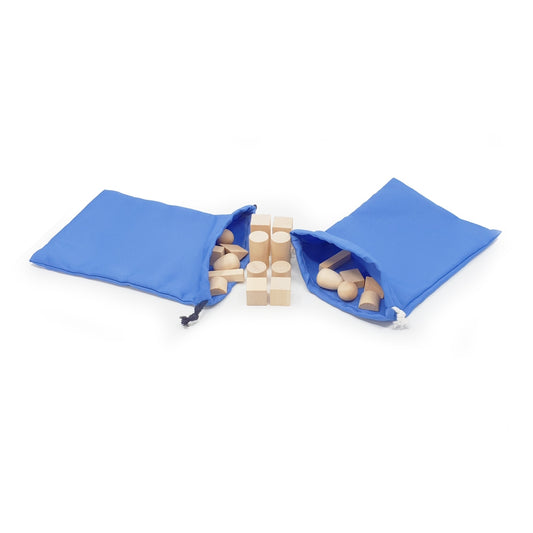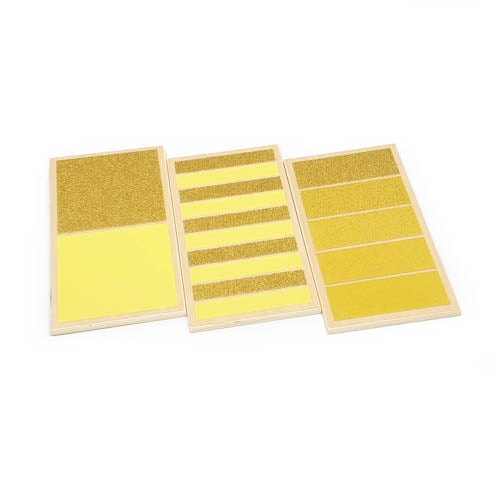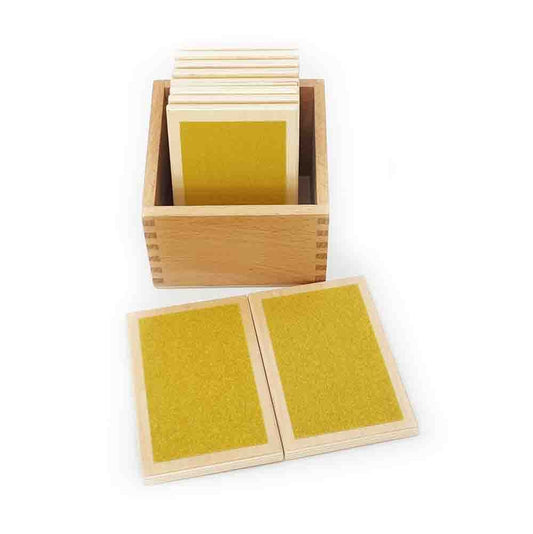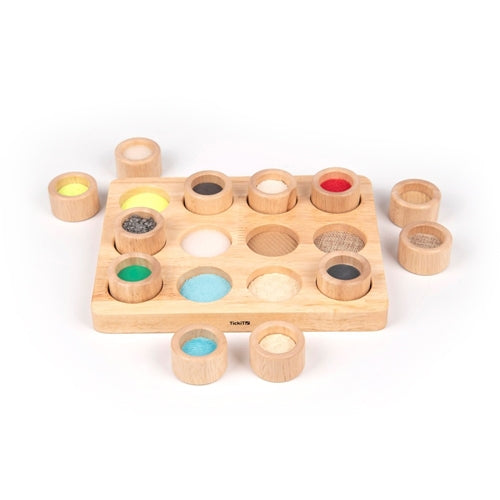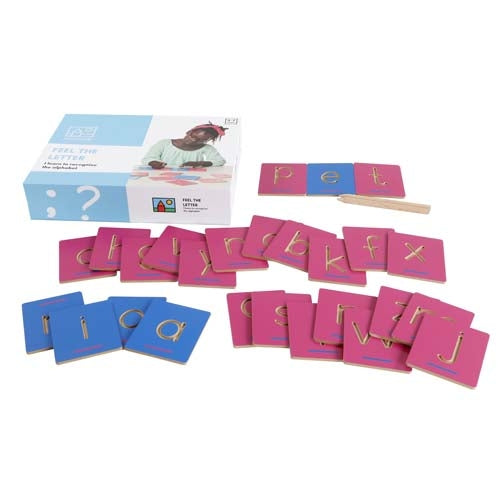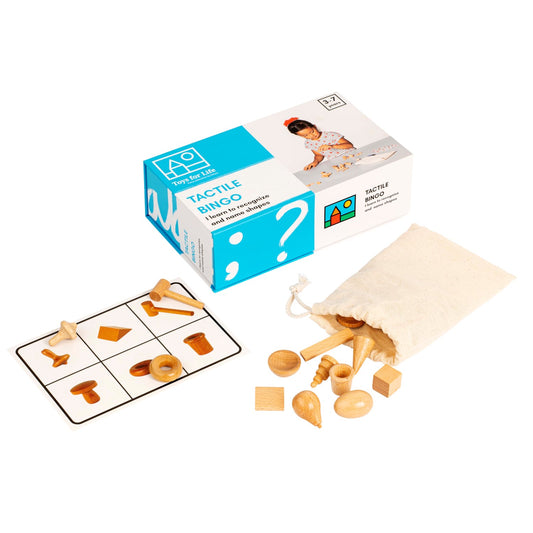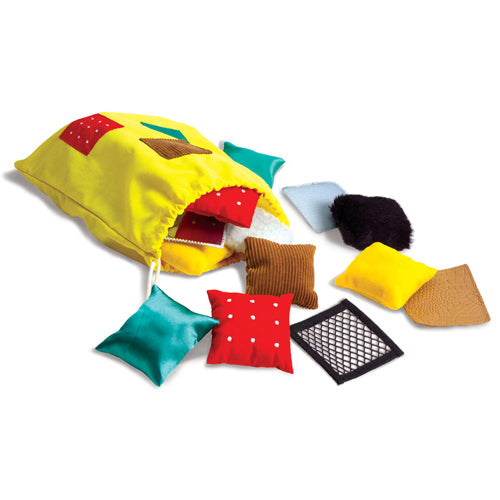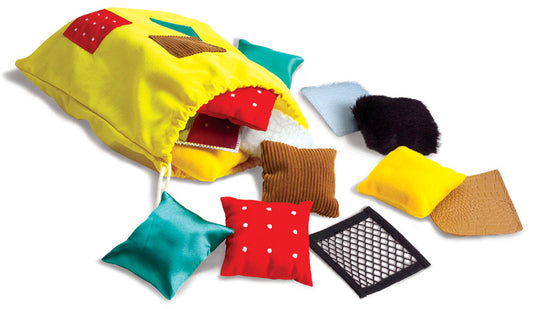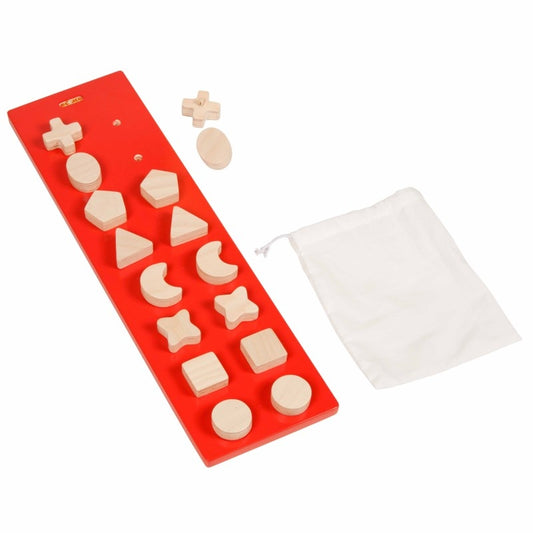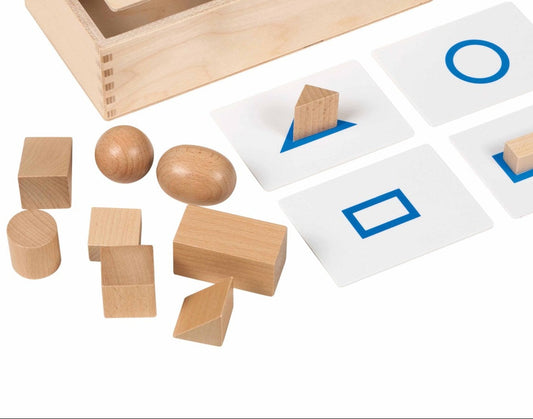Absorbent Minds
Mystery Discovery Bag
Mystery Discovery Bag
A soft, velvet touch bag with fold over top to contain objects to feel and match (not included). Ideal for using in sensory exploration activities.
Availability: In stock
Couldn't load pickup availability


Product Description
Mystery Discovery Bag
sac à mystère vide
A soft, velvet touch bag with fold over top to contain objects to feel and match (not included). Ideal for using in sensory exploration activities.
To refine a child's stereognostic tactile sense and memory, and aid the vital skill of concentration.
This exercise develop the stereognostic sense of using touch to create a mental image. It is also an enjoyable game in its own right.
Montessori education emphasizes hands-on learning experiences that engage children's senses and promote concentration. The mystery bag activity is a classic Montessori activity that encourages children to use their sense of touch and develops their cognitive and language skills. Here are a few Montessori activities that can be done with a mystery bag:
-
Object identification: Fill the bag with different objects, such as geometric shapes, or just simple daily items: a pencil, a toy car, a seashell, and a small ball. Blindfold the child and have them reach into the bag, feel the object, and try to identify it by touch. This activity helps children develop their sense of touch and build their vocabulary.
-
Texture identification: Fill the bag with different textured materials, such as sandpaper, cotton balls, and rough fabric. Blindfold the child and have them reach into the bag, feel the material, and try to identify it by touch. This activity helps children develop their sense of touch and learn about different textures.
-
Sound identification: Fill the bag with different objects that make distinct sounds, such as a bell, a whistle, and a rattle. Blindfold the child and have them shake the bag, listen to the sound, and try to identify the object by sound. This activity helps children develop their sense of hearing and auditory discrimination.
-
Letter and number identification: Fill the bag with small objects that correspond to letters or numbers, such as plastic letters or wooden blocks with numbers. Blindfold the child and have them reach into the bag, feel the object, and try to identify the letter or number by touch. This activity helps children develop their pre-reading and pre-math skills.
-
Problem-solving: Fill the bag with a set of objects that can be used to solve a problem, such as a set of keys, a small flashlight, and a magnifying glass. Blindfold the child and provide them with a task, such as unlocking a padlock or finding a hidden object. This activity helps children develop their problem-solving skills and promotes critical thinking.
Remember, safety is always important when using mystery bags with children. Adult supervision is necessary to ensure that the child does not put small objects in their mouth and that the bag is not too heavy or too large for the child.
ELG: Shape, space and measures: children use everyday language to talk about size, weight, capacity, position, distance, time and money to compare quantities and objects and to solve problems. They recognise, create and describe patterns. They explore characteristics of everyday objects and shapes and use mathematical language to describe them.
NC: Geometry: Properties of Shapes
Size of bag: 340 x 300mm
Suitable from 12 months.


